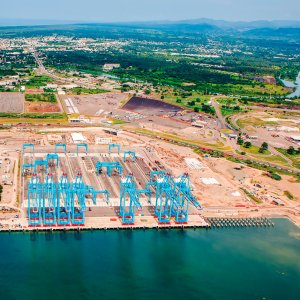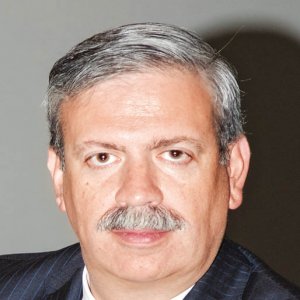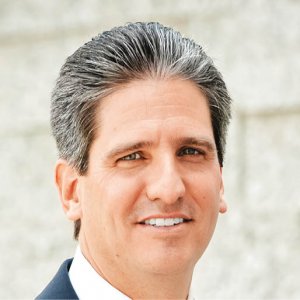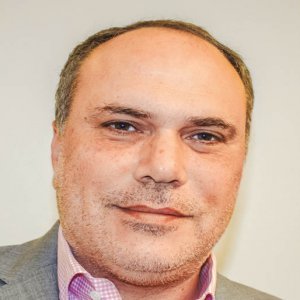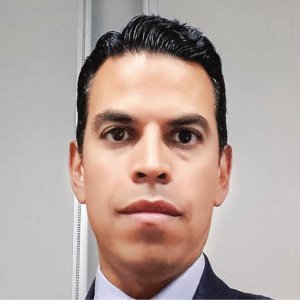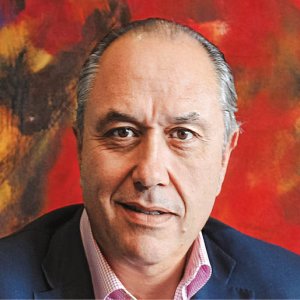Engineering: The Critical Piece of Mexico's Infrastructure Puzzle

STORY INLINE POST
Q: What is CH2M’s operating philosophy for infrastructure project management?
A: CH2M is an engineering firm specializing in both program and project management. Project management entails the coordination of all primary and secondary activities to ensure that factors such as planned time frames and projected cost and quality levels are respected. For infrastructure projects to be successful, they must be adequately managed. The firm’s internal processes as consultants are well aligned to the PMI method (Project Management Institute, which certifies project managers and management companies), which our clients see as an added value to our services. We have strong communication skills and have developed a keen insight into how Mexicans do business. CH2M also develops demand studies in which we estimate highway and road demand in the country.
Projects have many components and it is important to put them together correctly. For instance, the 2012 Olympic Games in London was an incredibly complex event that demanded efficient transportation, visitor lodging and security measures. It required continuous coordination with the organizing body, the Olympics Committee and the local and national authorities. An infrastructure project is no different in its complexity and CH2M ensures that all the pieces of the puzzle fit together.
Q: How is CH2M involved in the New Mexico City International Airport (NAICM)?
A: We are involved as subcontractors working for Parsons, one of the world’s largest engineering and construction companies. As technical advisers, we contribute our expertise on the environmental aspects, particularly hydrological, as well as advising on the permitting metrics that will be needed to meet legal requirements.
The new airport is being built on top of what used to be a lake so there need to be many anti-flooding structures in place. We are working on the design for making artificial lagoons and water treatment plants. It is important to align our company values in a single, congruent system so as to function as an integrated team with a single objective.
Q: What are the challenges involved in constructing port infrastructure, particularly in Mexico?
A: The majority of the ports in Mexico already have basic infrastructure and the remaining fundamental infrastructure is usually constructed by the private sector because operating cargo generates an economic benefit. Nevertheless, there are a couple of exceptions, like the expansion of the existing port of Veracruz that has been delayed. Private investors are not willing to invest in the necessary basic infrastructure unless they receive long- term financial backing through the use of public funds. The Ministry of Communications and Transport (SCT) does not know how to finance the project because the Ministry of Finance lacks access to sufficient funding. If a Chinese development bank, for example, were to provide the money, it would turn into public debt. Stakeholders have voiced their concerns about the legal issues involved in contracting debt guaranteed by the state, leaving the decision to the Ministry of Finance as to whether or not it will receive funding from an entity like China.
Our goal is to participate in the expansion of the Veracruz port. The sheer size of the project means that there are a significant number of smaller projects that can be bid on, as well as many different stakeholders.
Q: What are CH2M’s aspirations in Mexico and the region?
A: CH2M wants to become one of the most well-known engineering services firms in Mexico and Latin America. Another ambition is to increase our number of projects across the entire Latin American region and to expand to markets where CH2M does not yet have a presence. We can achieve this by partnering with other firms, such as large construction companies like ICA and CEMEX. We plan to double our number of engineers and at the same time attract the best university engineering graduates. For this we must position ourselves as an attractive firm that offers a challenging and rewarding career path. The idea is to effectively train those future young professionals by teaching them practical project management skills and instill in them the company’s vision and culture.
